Knott’s Berry Farm: A Guide to California’s Iconic Theme Park
Looking to visit one of California's greatest theme parks? Here's our handy guide on everything you need to know about Knott's Berry Farm.
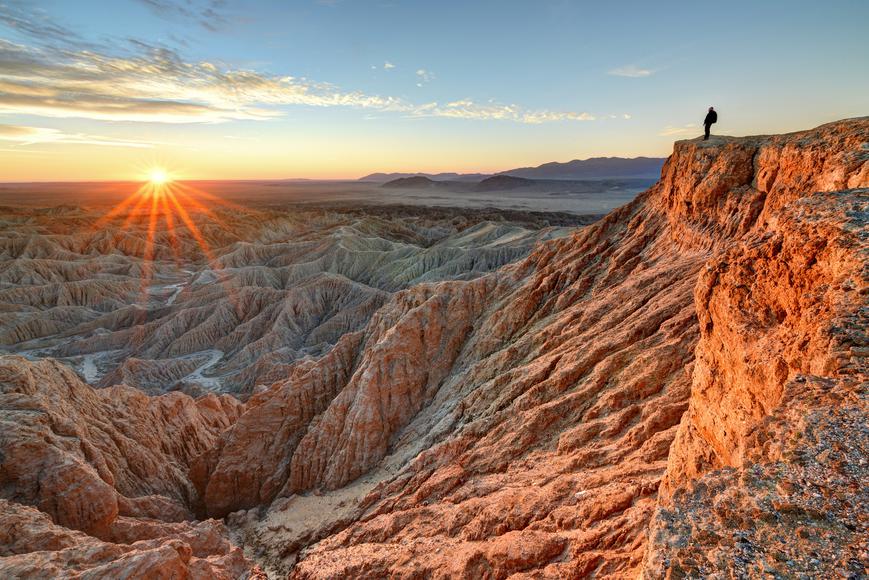
If you’re interested in the history of SoCal before it became The Golden State, here are 6 Native American landmarks in SoCal to explore.
5 min read
September 10, 2022
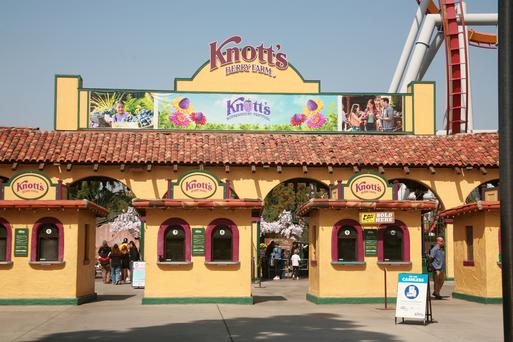
Looking to visit one of California's greatest theme parks? Here's our handy guide on everything you need to know about Knott's Berry Farm.
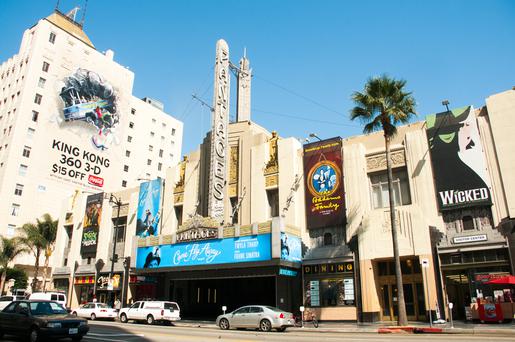
Plan a trip to catch a show at these must-see California theaters for unforgettable live performances and captivating plays.
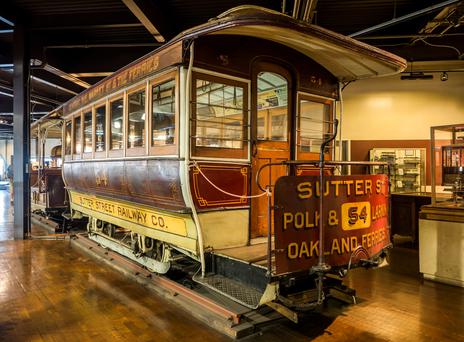
If you're looking for something fun to do, there are plenty of fun and free things to do in San Francisco, use our guide to help make plans.
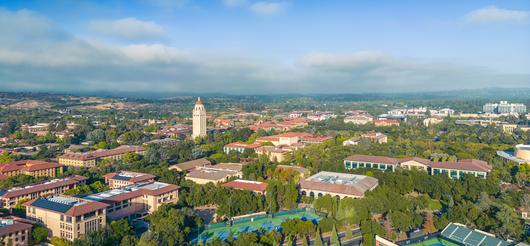
Feel the knowledge flood from its elegant red-tile roofs as you wander the town’s beautiful college campus in search of hidden finds.

